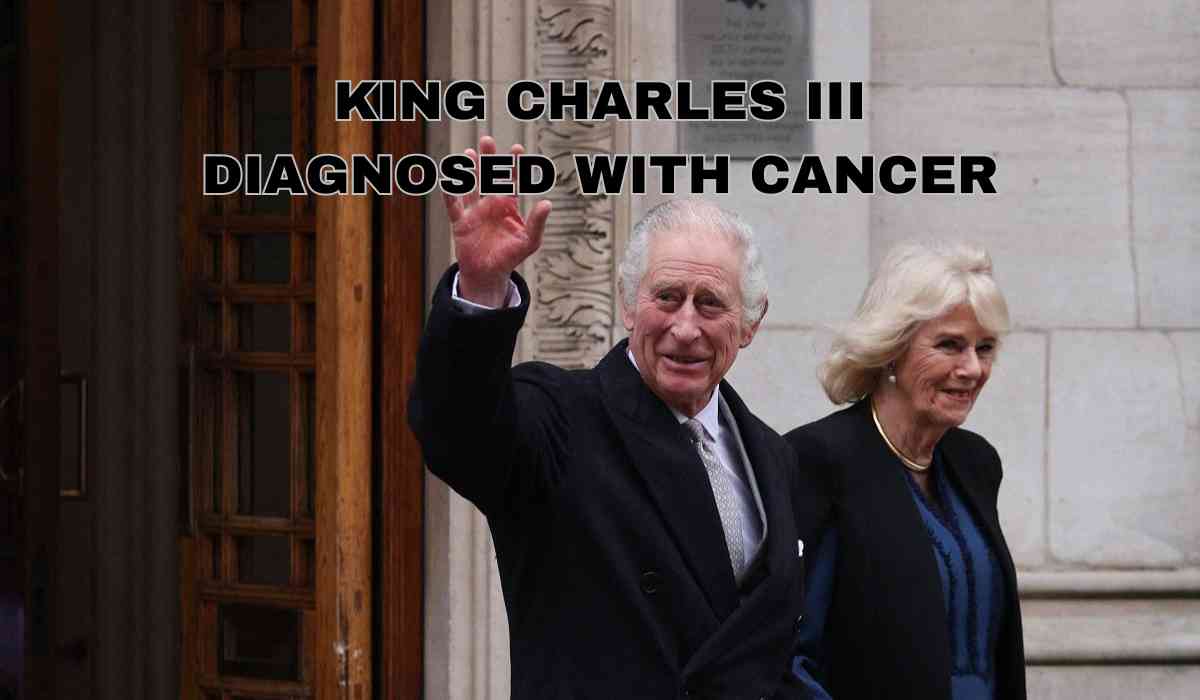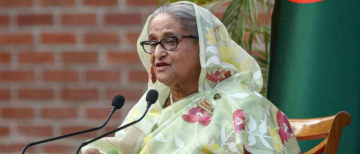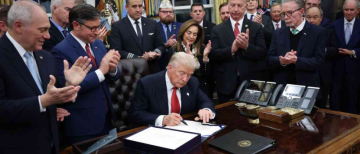King Charles III, the 75-year-old British monarch, has recently been diagnosed with cancer and has commenced treatment in London. This news follows closely on the heels of his recent hospital discharge after a procedure for an enlarged prostate.
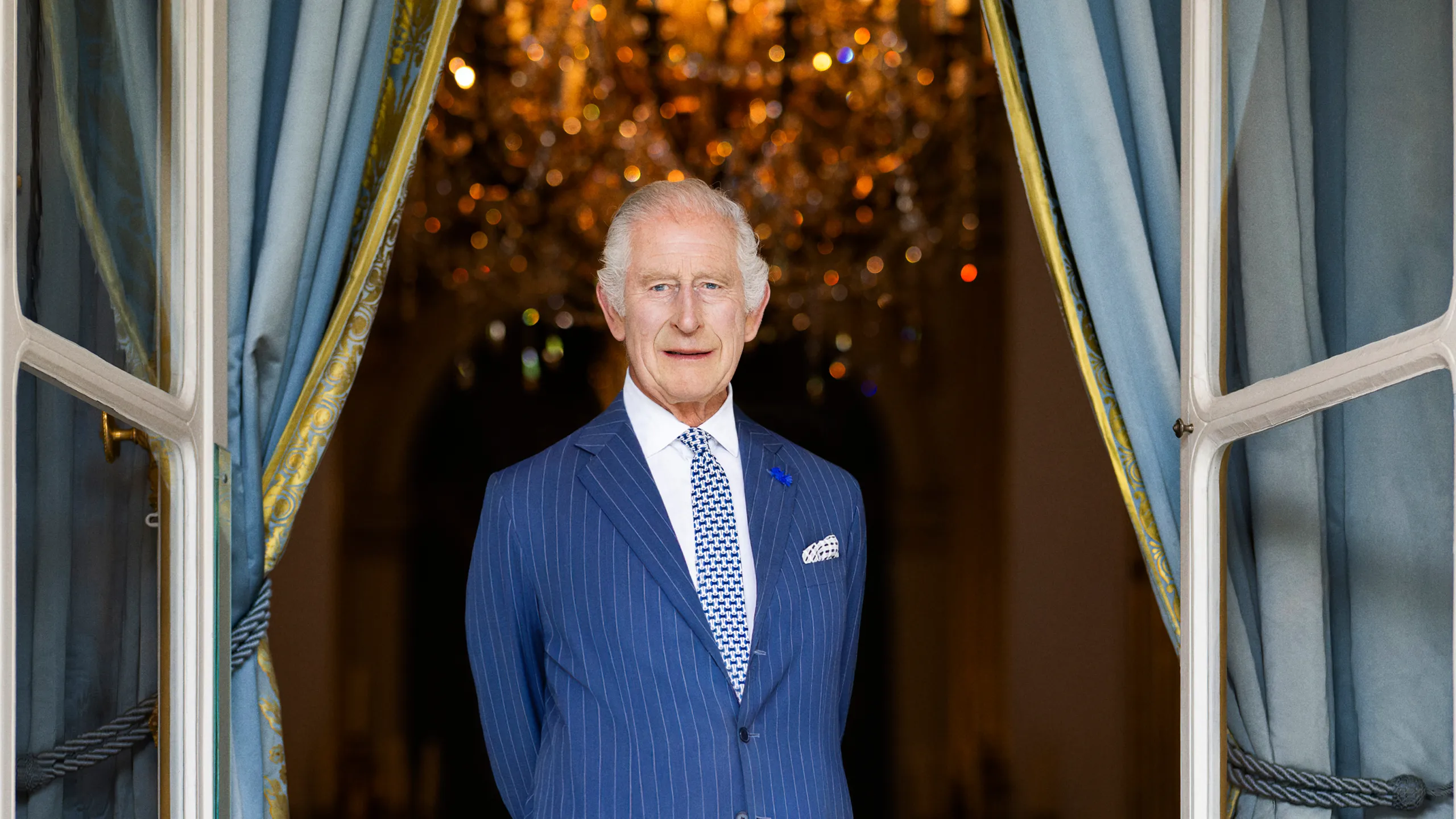
Detection and Diagnosis
-
Identification of Cancer: The process of identifying the cancer began last month when Buckingham Palace announced on January 17 that the King would undergo a corrective procedure for an enlarged prostate. This diagnosis stemmed from symptoms noticed during his stay at Birkhall residence in Aberdeenshire, Scotland. Although initially discharged from the London Clinic on January 29 after successful treatment, a subsequent issue arose during his stay, prompting further tests which identified a form of cancer.
-
Details Withheld: The exact type of cancer remains undisclosed, with palace sources confirming it's not prostate cancer but declining to provide further specifics. The decision to share this information contrasts with typical royal privacy norms but reflects the King's desire to encourage others to seek medical attention for similar symptoms.
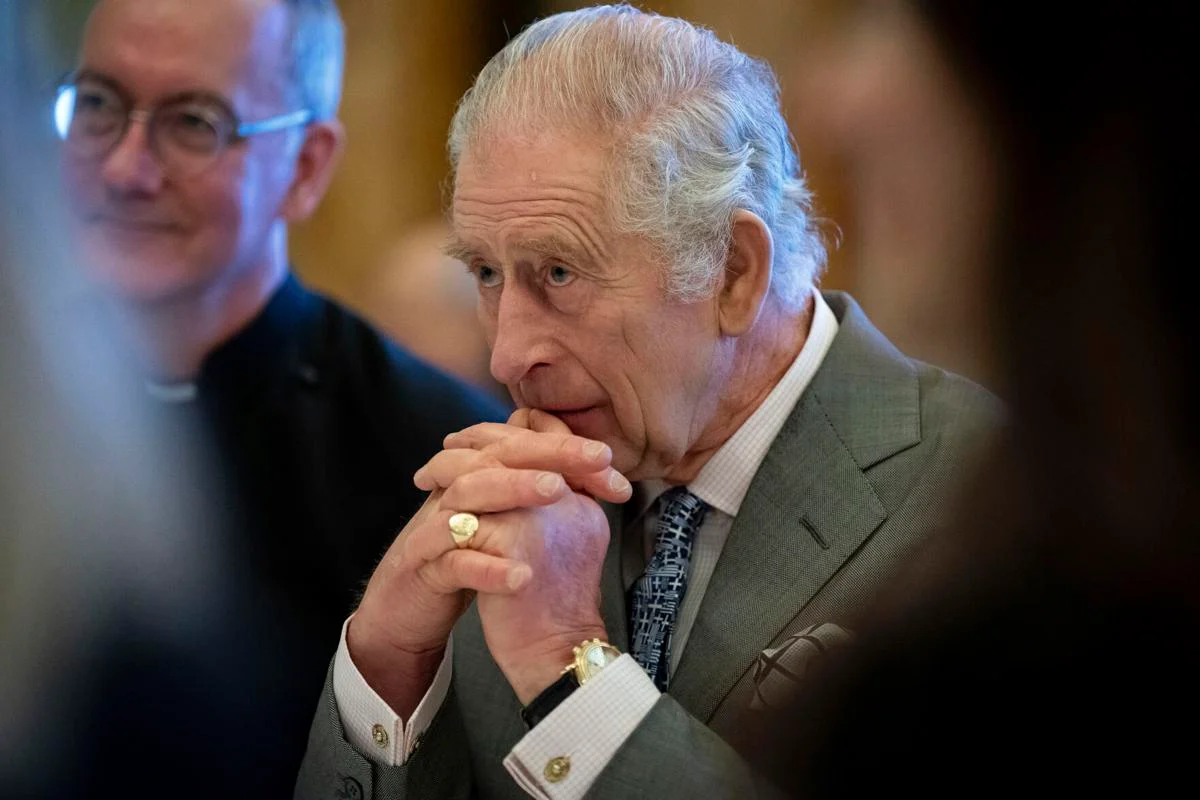
King Charles' Current Status
-
Public Appearance: King Charles III was seen in public for the first time post-hospitalization, accompanied by Queen Camilla, appearing in good spirits. Despite commencing outpatient treatment upon his return to London, he has temporarily postponed public engagements while continuing with state affairs and official paperwork.
-
Outlook and Responsibilities: The King remains optimistic about his treatment and anticipates resuming full public duties soon. He will maintain engagement in state affairs, including regular meetings with the prime minister, while alternative arrangements are considered to minimize in-person contact as advised by his doctors.
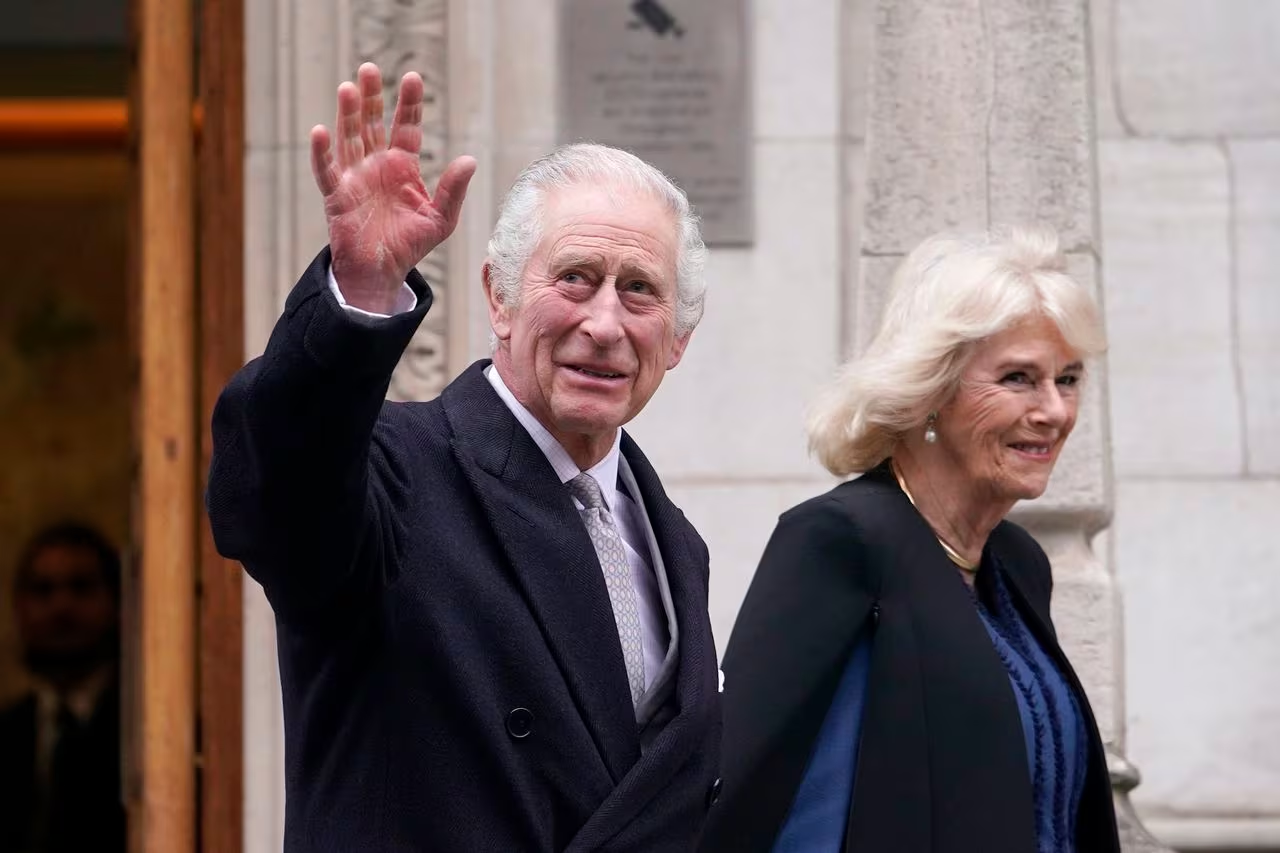
Family Dynamics Amidst Health Crisis
-
Prince William's Return to Duties: Prince William is set to resume public engagements after his wife's recent surgery. His impending public appearance coincides with the King's diagnosis, highlighting the family's continued commitment to their duties amidst health challenges.
-
Recovery and Expected Absence: Princess Catherine's recovery timeline indicates a prolonged absence from public duties, with a potential return contingent upon medical advice. Meanwhile, Queen Camilla sustains her public engagements, while other members may undertake additional responsibilities on behalf of the King if necessary.
-
Shift in Family Dynamics: Recent years have witnessed a reduction in working royals, with departures such as Prince Harry and Meghan's withdrawal and Prince Andrew's retreat due to external controversies reshaping the family's operational dynamics.
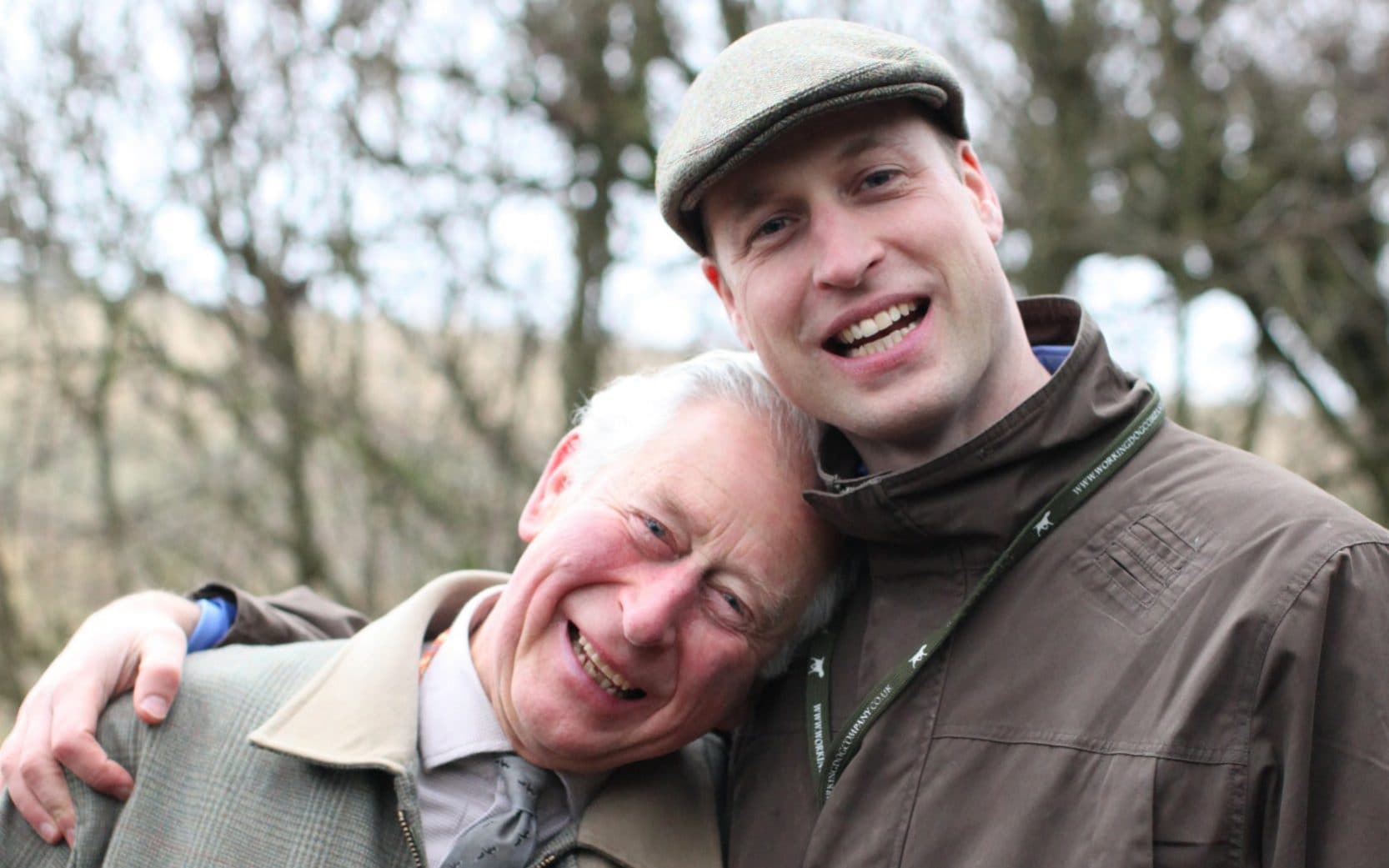
Constitutional Contingencies
-
Counsellors of State: Constitutional provisions outline the appointment of counsellors of state in the event of the monarch's incapacity to fulfill official duties. While there are no immediate plans for such appointments, the list of potential substitutes includes Queen Camilla, Prince William, Prince Harry, Prince Andrew, and Princess Beatrice.
-
Regency Protocol: In the case of severe incapacitation, a regent may assume the monarch's powers, with Prince William identified as the next in line. This process necessitates medical evidence and the decision of a panel of key figures within the British establishment. Until such decisions are made, the monarchy's functions would continue under the regent's authority.
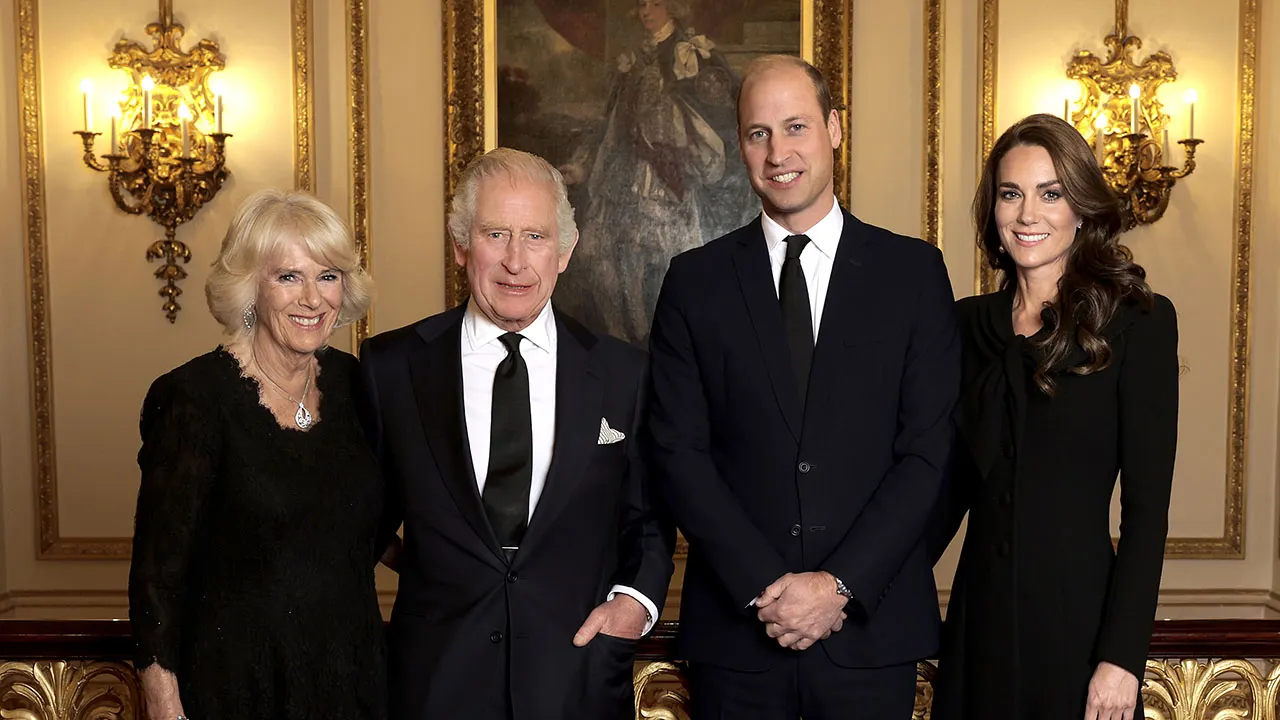
Royal Family Members Who Were Diagnosed With Cancer
Throughout the annals of British royalty, a sombre thread weaves through their illustrious history — the incidence of cancer. From the Victorian era to the present day, members of the royal family have faced various forms of this relentless disease, marking poignant moments in their reigns and personal lives.
- Princess Victoria: At the dawn of the 20th century, Princess Victoria, the progeny of Queen Victoria and Prince Albert, succumbed to breast cancer at the age of 60, leaving behind a legacy touched by both triumph and tragedy.
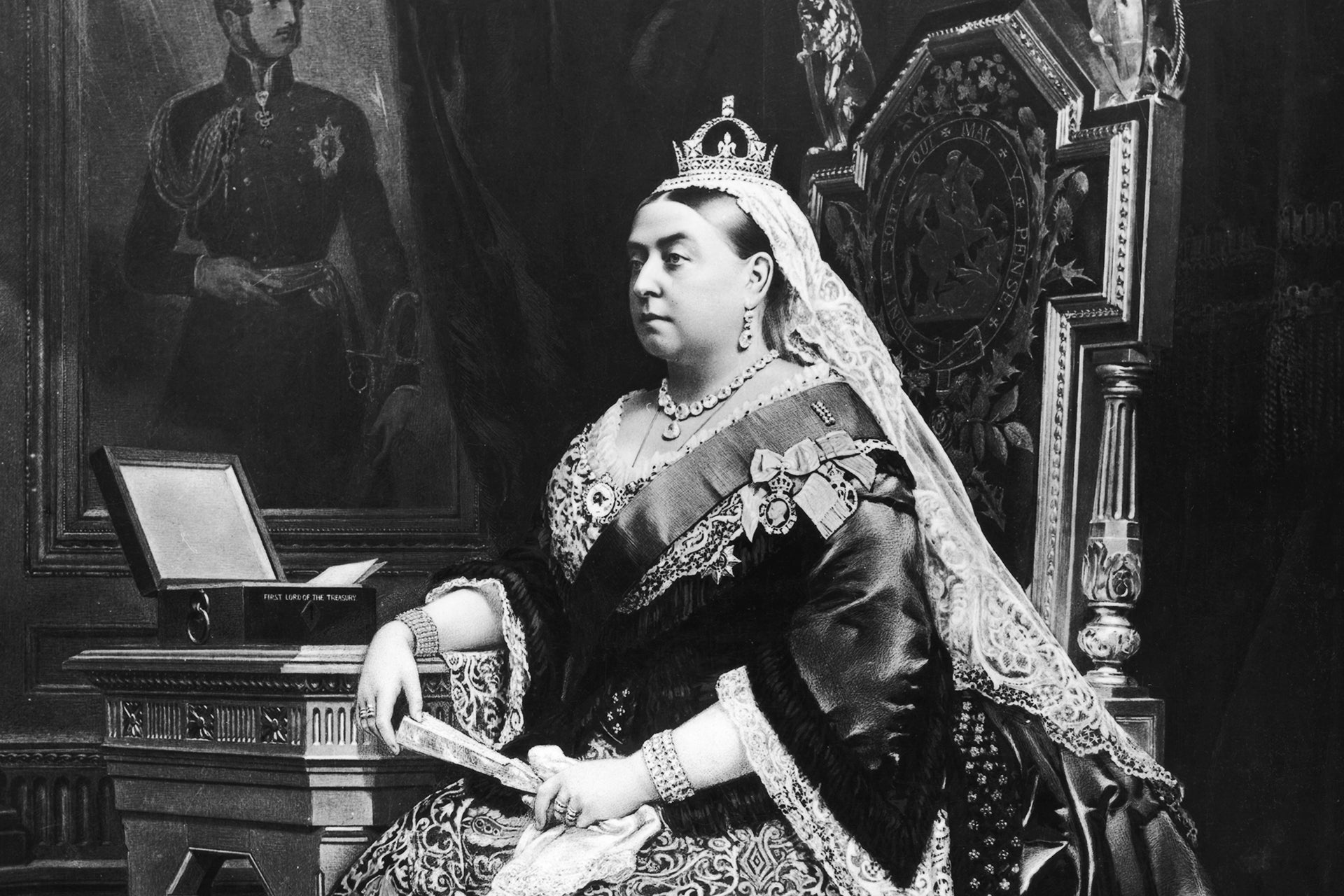
- King Edward VII: During his tenure from 1901 to 1910, King Edward VII confronted his own battle with cancer. Notably, a basal-cell carcinoma near his nose prompted medical intervention in 1907, utilizing the pioneering radium treatment of the time. Though his eventual demise at 68 was not directly linked to this ailment, it remains a chapter in the narrative of his reign.
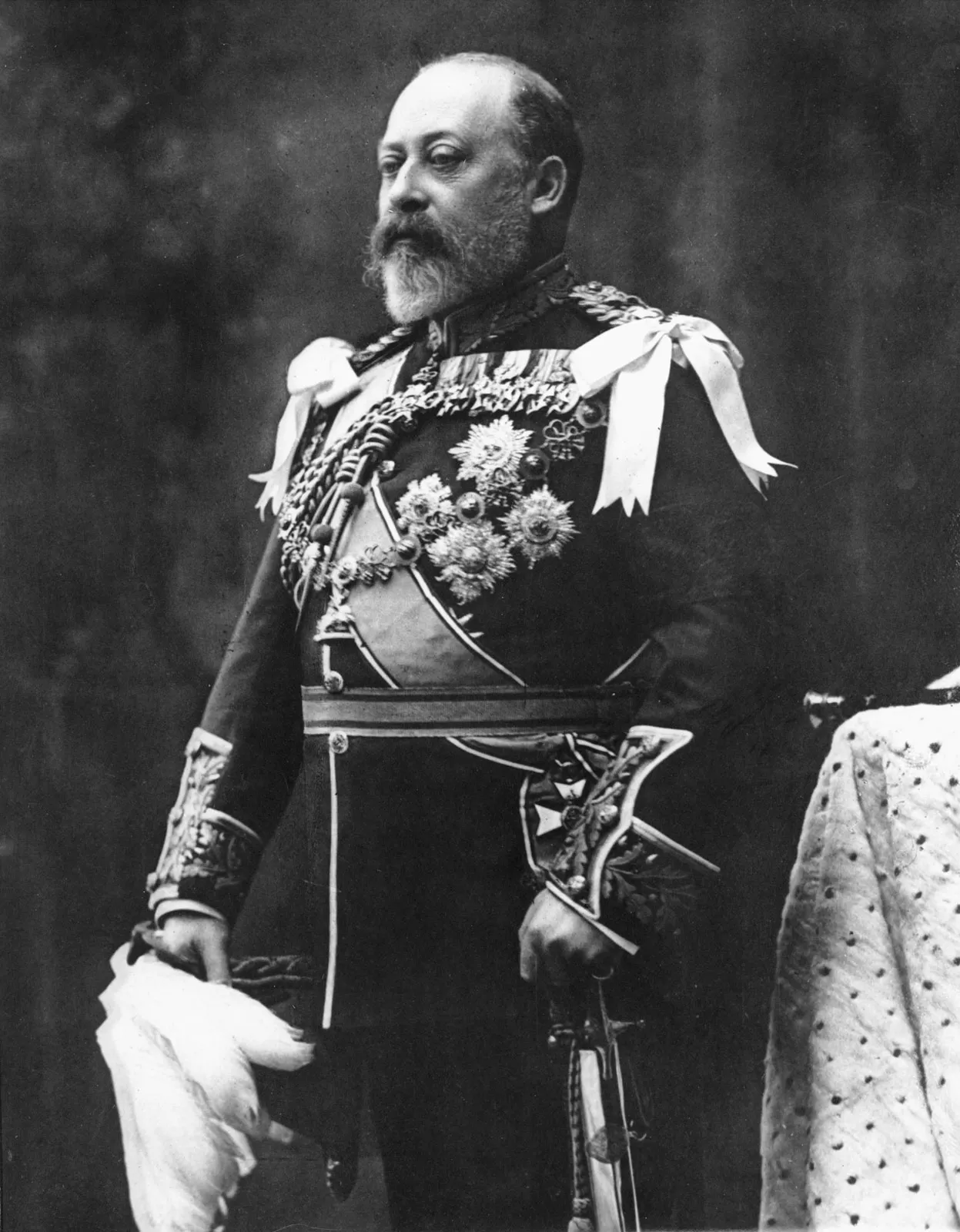
- King Edward VIII (The Duke of Windsor): Edward VIII's brief reign in 1936 was overshadowed by his abdication and subsequent title as The Duke of Windsor. Later in life, his fondness for smoking caught up with him, resulting in a diagnosis of throat cancer in 1971. His passing a year later at the age of 77 serves as a sober reminder of the perils of such habits.
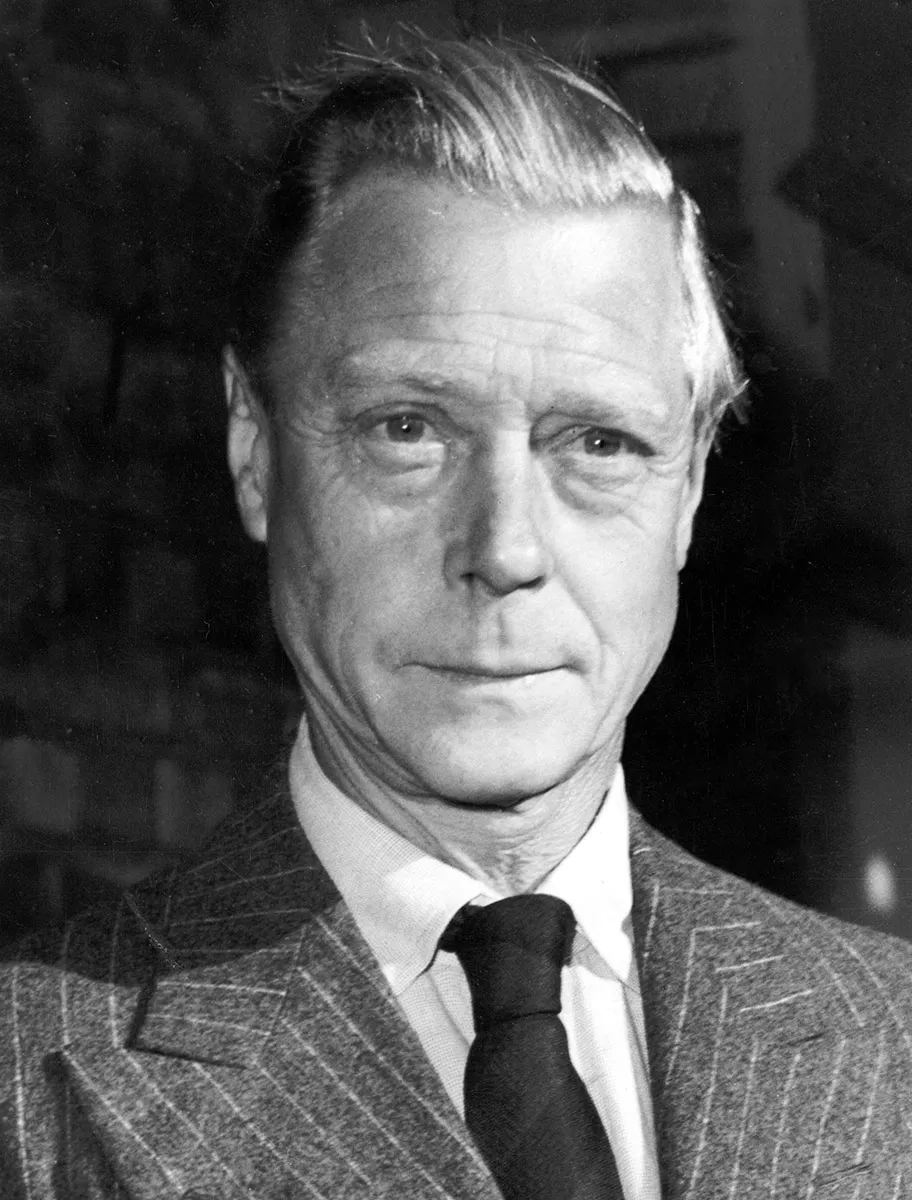
- King George VI: The reign of King George VI, spanning from 1936 to 1952, was marred by the specter of lung cancer. Research from the University of Oxford in 2018 traced the origins of his illness to his heavy smoking habit. A decisive surgical intervention in 1951, removing his left lung and a malignant tumor, underscored the gravity of his condition.
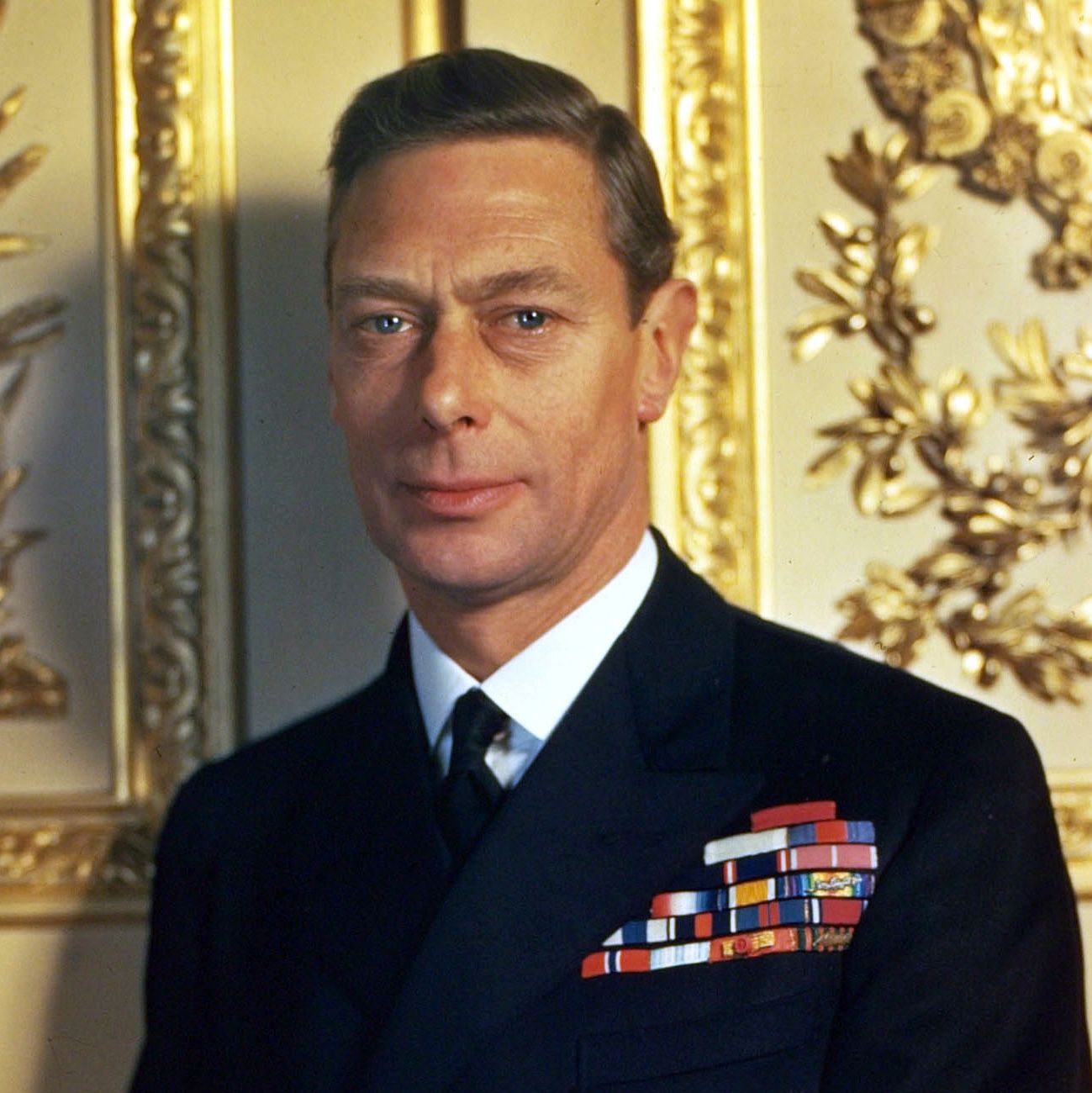
- Queen Elizabeth (The Queen Mother): Throughout her tenure alongside King George VI, Queen Elizabeth grappled with silent battles against cancer, concealed from public scrutiny until after her passing in 2002 at the remarkable age of 101. Biographer William Shawcross unveiled her clandestine struggles, including a skirmish with colon cancer in 1966 and a subsequent bout with breast cancer in 1984, revealing the resilience behind her regal facade.
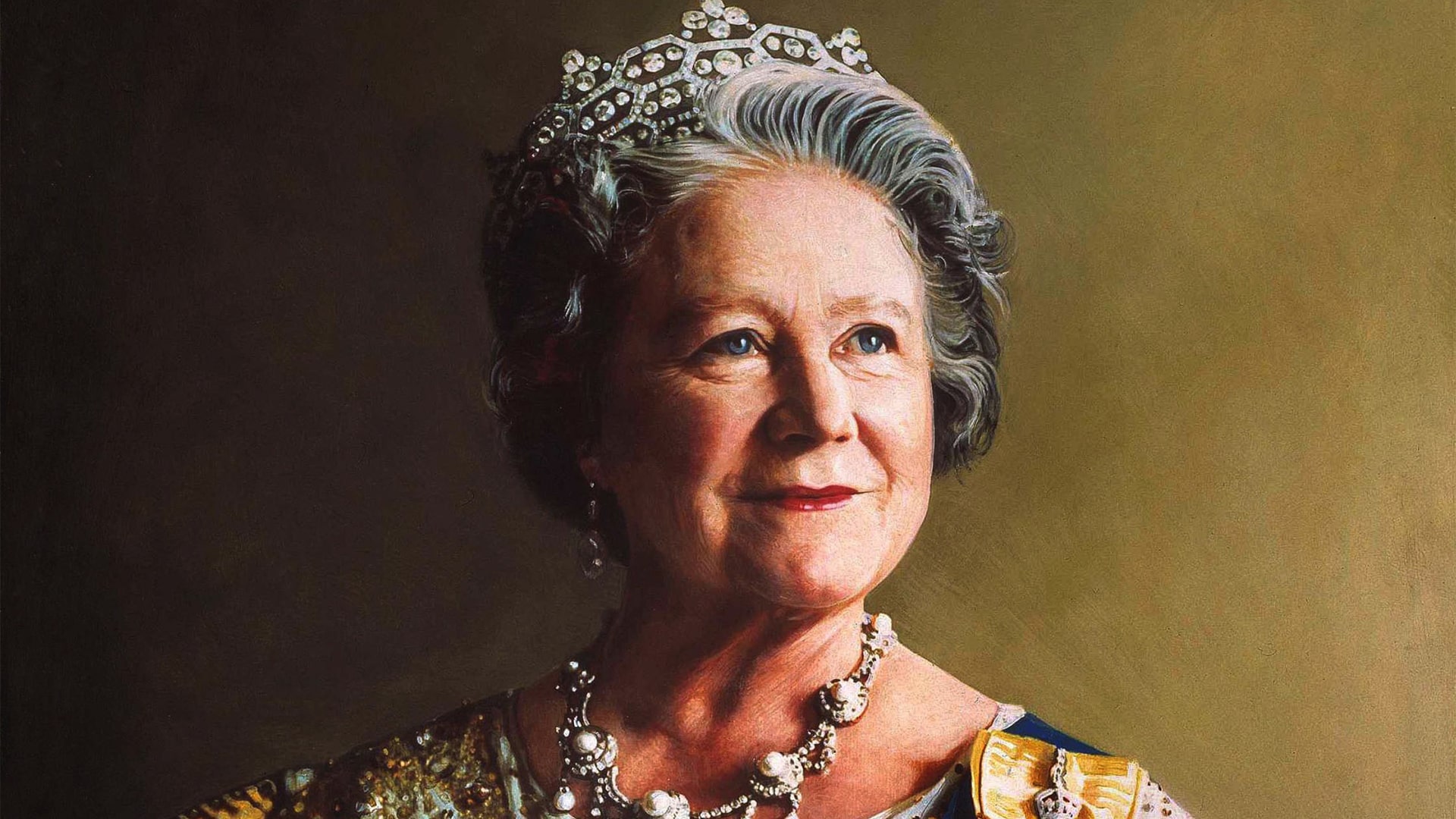
- Sarah, The Duchess of York: In a poignant revelation in June 2023, Sarah Ferguson, The Duchess of York, disclosed her own confrontation with breast cancer. The following year, a chilling update in January 2024 unveiled her ongoing fight against malignant melanoma, epitomizing the relentless nature of this affliction.
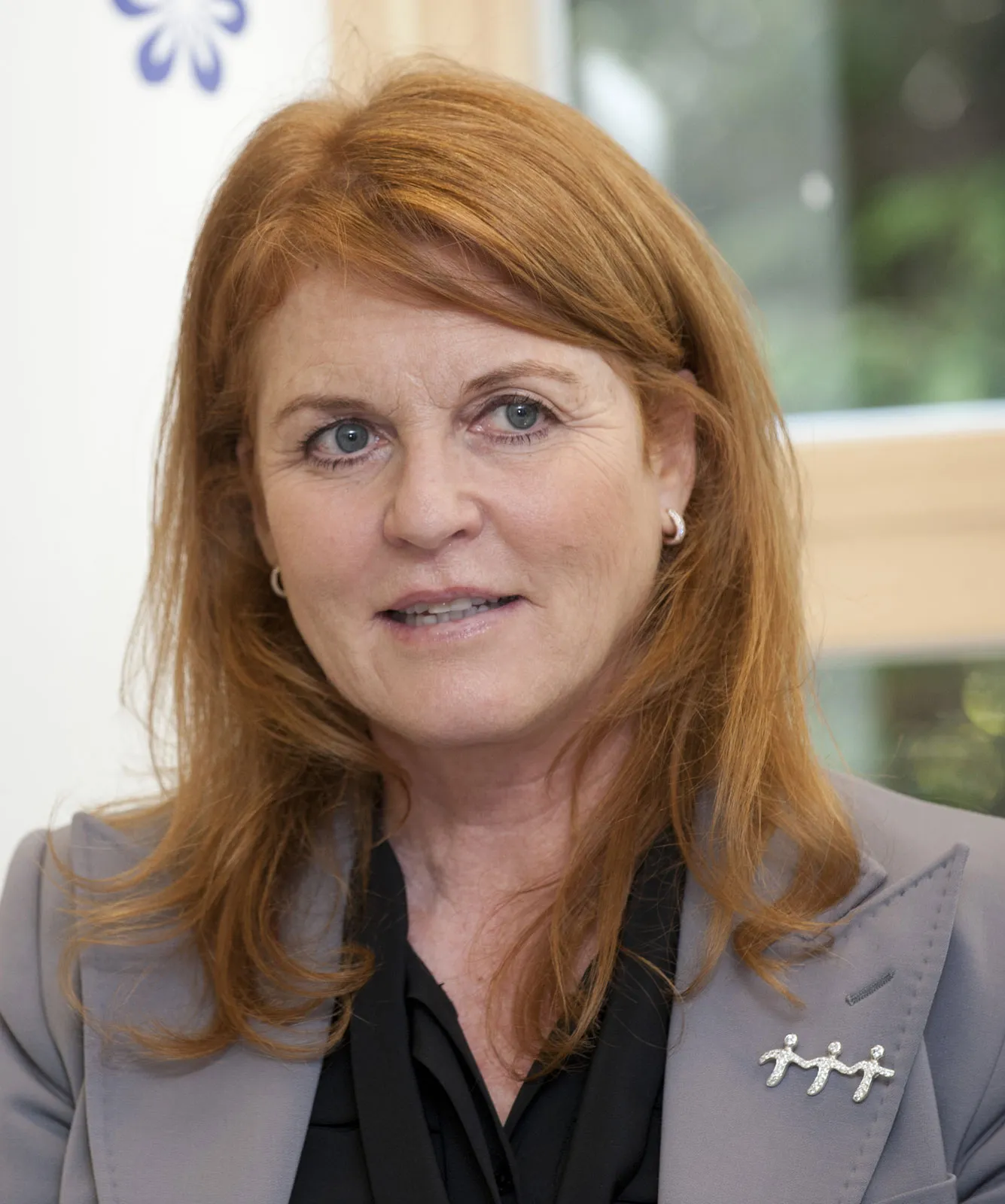
- King Charles III: In a contemporary echo of royal trials, Buckingham Palace confirmed in February 2024 that King Charles III had been diagnosed with cancer. While the specifics of his condition remained undisclosed at the time, it marked another sad chapter in the annals of royal health, underscoring the vulnerabilities that transcend even the most holy of positions.
Image Source: Multiple Agencies
© Copyright 2024. All Rights Reserved Powered by Vygr Media.

